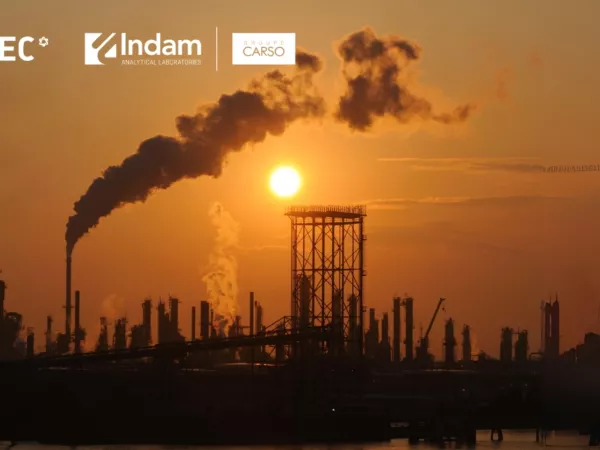Filtri mobili a carbone attivo, soluzione efficace per la purificazione delle acque reflue e rimozione dei PFAS
Italian
L’acqua è una risorsa preziosa e limitata, e la sua purificazione è fondamentale per la salute umana e l’ambiente. In questo webinar, esploreremo l’ut...
Per saperne di più








